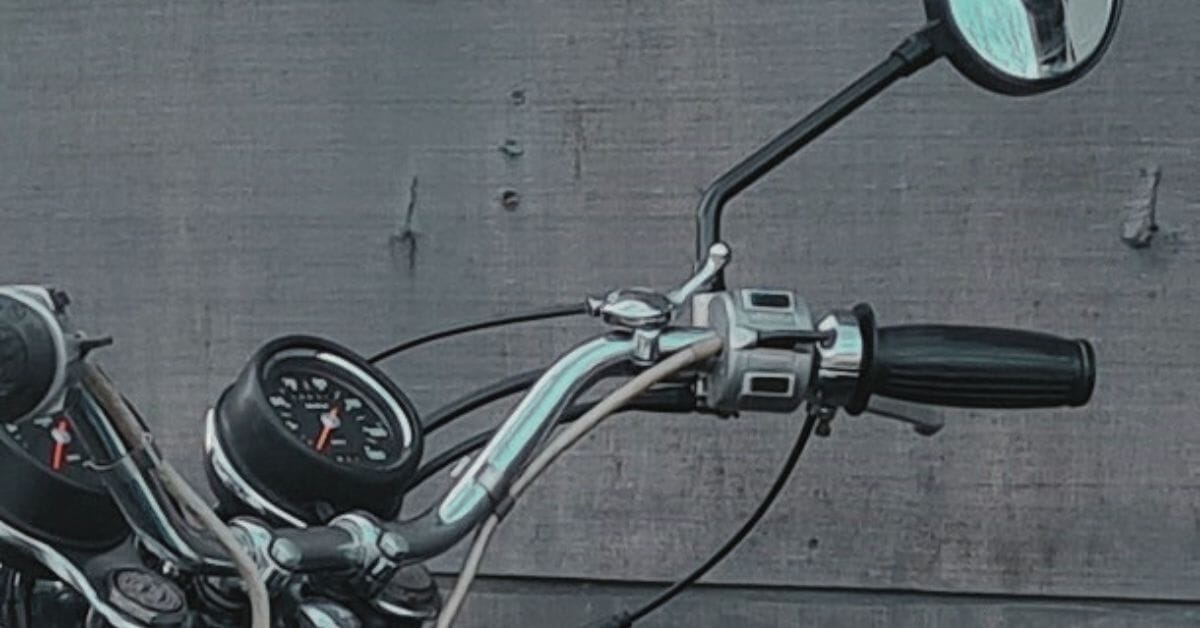How A Choke Cable & System Works In Motorcycles

How a Choke Cable Works in Motorcycles
For riders of motorcycles with carburettors, pulling the choke out on a chilly morning is second nature. But how exactly does this seemingly simple lever help bring a cold engine to life?
An engine relies on a precise air-fuel mixture for optimal combustion. However, cold temperatures hinder fuel vaporisation, making it difficult for a cold engine to draw in the ideal air-fuel ratio. Here's where the choke steps in:
- Richening the mixture: The choke, often a lever on the handlebar, is connected to a valve within the carburetor. Engaging the choke restricts airflow into the engine. This creates a richer mixture, with more fuel than air. This extra fuel vaporises more readily in the cold engine, allowing for easier ignition.
There are two mechanical ways a choke achieves this:
- Butterfly valve: This type uses a butterfly valve that partially blocks the air intake passage. By restricting airflow, the engine is forced to draw in more fuel from the carburetor.
- Enrichment circuit: This design utilises a separate passage that allows extra fuel directly into the intake manifold, bypassing the air metering system and creating a richer mixture.
Common choke system faults
While a simple system, the choke can develop issues that hinder starting or engine performance. Here are some common culprits:
- Sticking choke cable: Over time, the cable connecting the lever to the carburetor valve can become stiff due to dirt, corrosion, or improper lubrication. This can make it difficult to engage or disengage the choke fully.
- Faulty choke valve: Wear and tear on the valve itself can cause it to become stuck open or closed. A stuck open valve allows too much air in, leading to a lean mixture and starting problems. A stuck closed valve prevents proper enrichment, even when the choke is engaged.
- Vacuum leak: A leak in the intake system can introduce unmetered air, disrupting the air-fuel ratio. This can lead to difficulty starting, rough idling, or engine stalls, even with the choke properly functioning.
Diagnosing choke issues’ to Diagnosing choke cable issues
If your motorcycle is experiencing starting problems or running rough, the choke system can be a good place to start. Here's how to diagnose potential issues:
- Visual inspection: Check the choke cable for fraying, kinks, or damage. Look for any binding points along its path.
- Manual operation: With the engine off, try operating the choke lever. It should move smoothly with minimal resistance. If it feels stiff, the cable might need lubrication or replacement.
- Listen for the click: When engaging the choke, you should hear a distinct click as the valve opens or closes. No click indicates there may be a problem.
- Poor or rich running when warm: Once the engine is warm, it should start readily without the choke. If it doesn’t - or there’s an unusually strong petrol smell from the exhaust - it might suggest a choke that's stuck in the ‘on’ position.
Remember, a properly functioning choke should only be needed for starting a cold engine. Once the engine warms up, the choke should be disengaged for optimal performance and fuel efficiency.
How to solve the most common cause of choke issues
By far the most common cause of choke issues lay with the operating cable. Replacing it with a high-quality upgrade will not only fix the fault, but also keep the choke working smoothly for longer.
All Venhill choke cables are made in the UK to the Featherlight specification: Marine-grade stainless steel inner wire running through a PTFE ‘teflon’ liner, to reduce friction and give a light action. The low-friction lining also removes the need for lubrication.
Each cable is ‘bird-caged' – a special process applied to the end of the inner wire, which allows solder to penetrate the weave of the cable, making the bond with the nipple much stronger.
To find the choke or decompression cable for your motorbike go to Part Finder on the home page.
If you are looking for any specific motorcycle cables or components which we may offer or for a bespoke service then please contact our specialist team who will help you in your motorcycle projects or needs.


